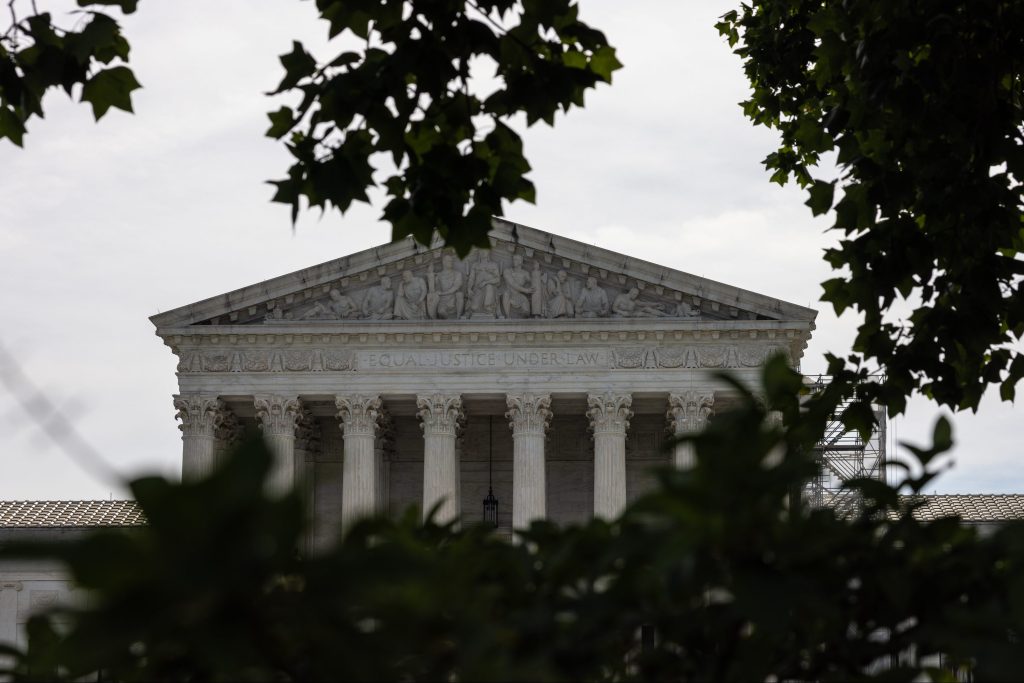In two noteworthy cases with potentially huge ramifications on regulatory agency power, the US Supreme Court on Thursday and Friday last week ruled that defendants charged with violations of federal agency regulations have the right to a jury trial.
The decisions in SEC v. Jarkesy and in
Register for free to keep reading.
To continue reading this article and unlock full access to GRIP, register now. You’ll enjoy free access to all content until our subscription service launches in early 2026.
- Unlimited access to industry insights
- Stay on top of key rules and regulatory changes with our Rules Navigator
- Ad-free experience with no distractions
- Regular podcasts from trusted external experts
- Fresh compliance and regulatory content every day













